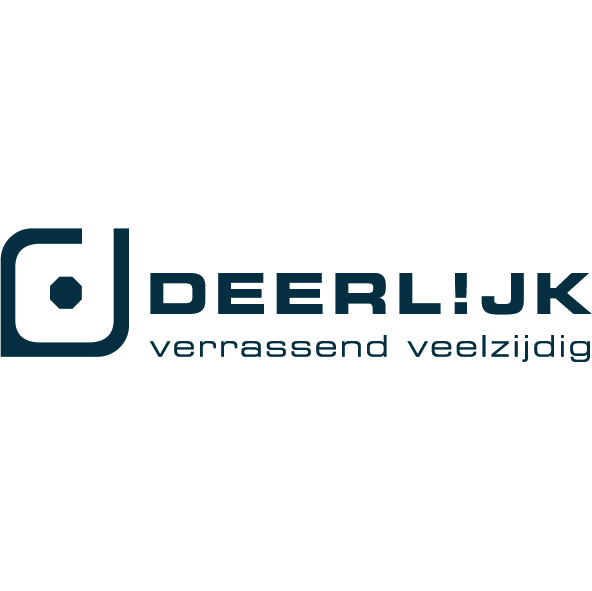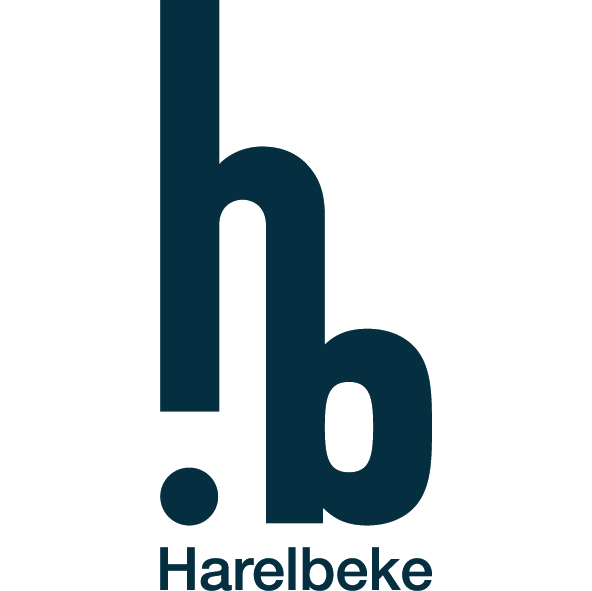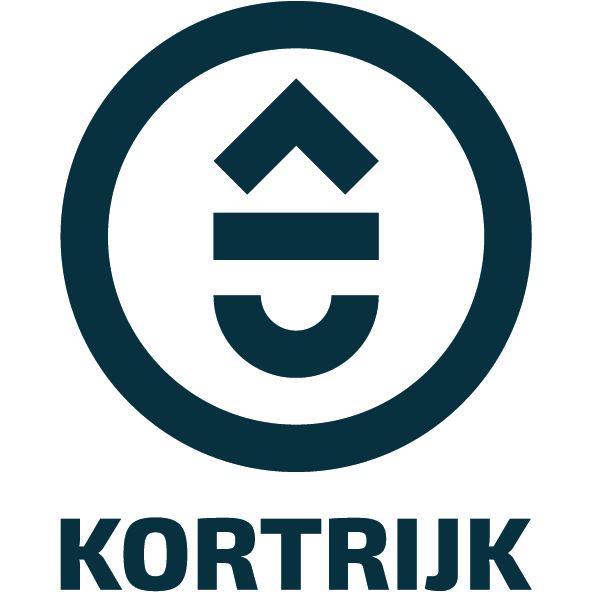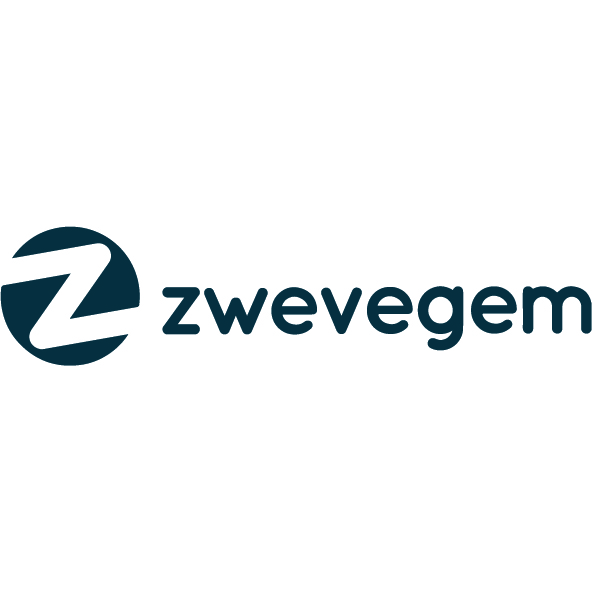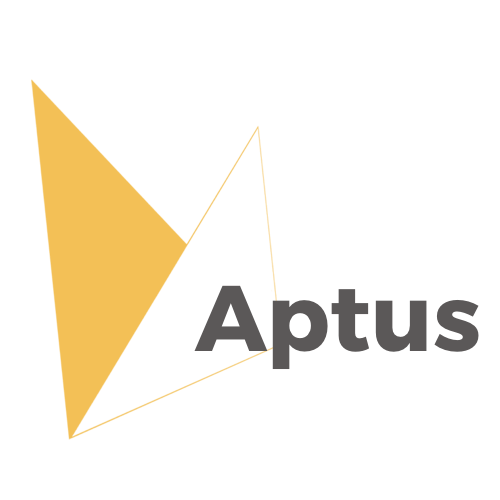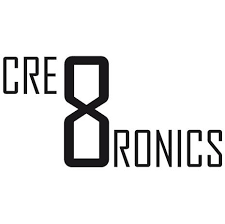From an unattractive, overflowing rubbish bin in the street to a smart, inviting, perfectly integrated and beautifully designed object that is always emptied in time.
We all want the public space to be clean. But that is not easy to accomplish for cities and towns. Just think of the rubbish bins in the streets and on the squares. There are too few of them, or they are in the wrong place. They are too ugly. They are too full and incite illegal dumping etc. In order to do away with “too this, too that”, intercommunal waste collection companies, cities and towns sat down to think about what an ideal rubbish bin should look like.
Nine criteria were determined: the ideal rubbish bin is modular, is clearly visible without clashing with the environment, is ecological, efficient and ergonomic, is easy to clean, makes waste sorting possible and has a reasonable TCO (Total Cost of Ownership).
There are a lot of different types of rubbish bins on the market, but none of them meet all of these criteria. This was the perfect occasion for a cocreation process instead of an ordinary invitation to tender.
Obviously, cocreation requires an entirely different approach. This is confirmed by Laurent Hoornaert, head of the secretariat of minister and titular mayor of Kortrijk Vincent Van Quickenborne: "A cocreation process requires persuasiveness. Not everyone immediately appreciates its added value. In an invitation to tender, expectations are described very specifically. Cocreation, on the other hand, is a joint thinking exercise, and concrete results take a while to become apparent. And for many people, it’s still the result that counts, not the process of achieving this result. Now that the results become visible, everyone realises that cocreation was in fact the right approach.”
Of course, the ROI (Return On Investment) is also a nice bonus. Although the purchase price of a standard rubbish bin is fairly low, this type of bins requires a long logistics chain, for instance to empty them. Although a smart rubbish bin is more expensive to purchase, but the extra investment is earned back quickly, according to Vanessa Dehullu of DVC Consult: “The sensor technology is what makes these rubbish bins “smart””. The simplest version makes it possible to measure how full the rubbish bin is in order to avoid superfluous or belated collection rounds. Thanks to this optimisation alone, the additional investment is earned back after three years, not to mention the extra functionalities such as the collection of data about fine particles, noise pollution or crowdedness. They can make a major difference as well, both as to content and financially.”
Laurent Hoornaert, Kortrijk
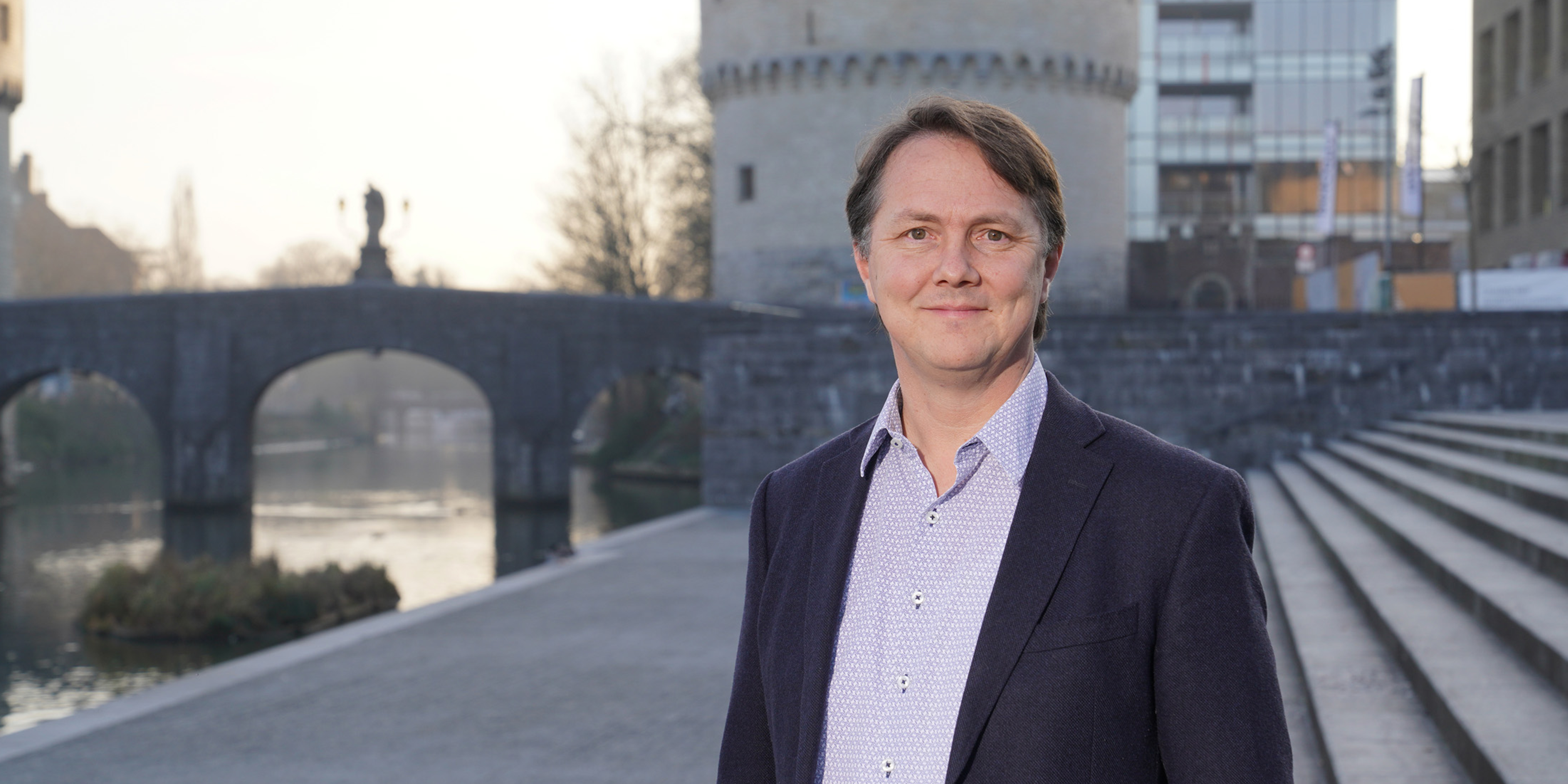
The importance of data collection to keep the public space safe and attractive is becoming increasingly important. Nevertheless, this is not the only way in which the new design is smart, says Laurent Hoornaert: “The cooperation has yielded a very tangible result, which we could not have achieved with the traditional approach. Not only does it have a beautiful design, it’s also future-oriented. The design can be adapted for multi-purpose use and can thus keep up with future evolutions. It gives people a little “nudge” to use the rubbish bins. It’s a playful design that brings to mind a cute robot. This may incite children in particular to dispose of waste correctly instead of throwing it away.”
Public Partners
Designer
Companies

